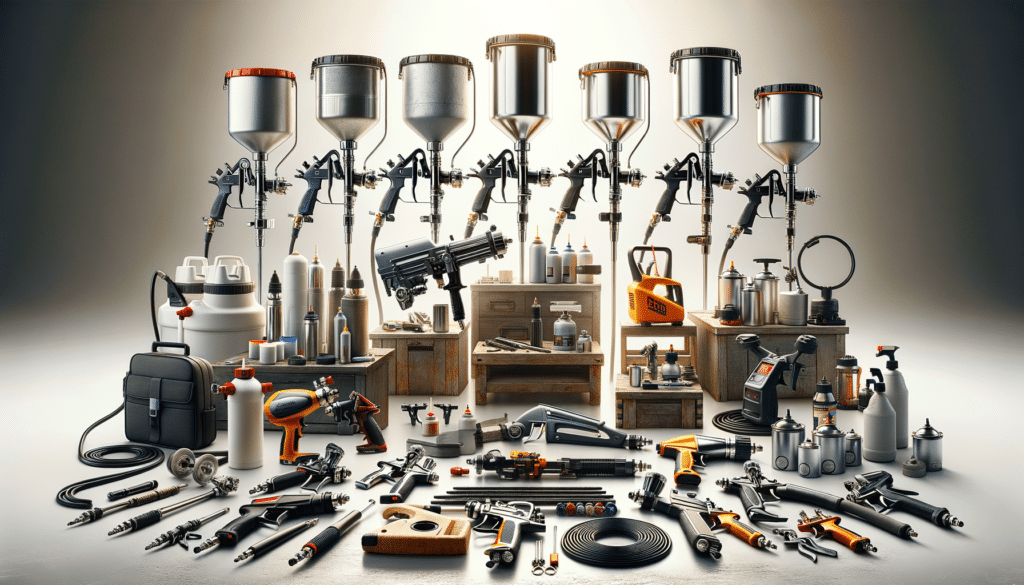Understanding Paint Sprayers: A Comprehensive Overview
Paint sprayers have revolutionized the way we approach painting tasks, offering efficiency, speed, and a smooth finish that brushes and rollers often struggle to achieve. Whether you’re a professional painter or a DIY enthusiast, understanding the various types of paint sprayers can significantly impact the quality of your work. From airless paint sprayers to high volume low pressure (HVLP) spray guns, each type has its unique features and applications.
Airless paint sprayers are particularly popular for their ability to handle large surfaces quickly. They work by pumping paint at high pressure, atomizing it into a fine mist. This method is ideal for exterior walls, fences, and other large projects. On the other hand, HVLP spray guns are known for their precision and reduced overspray, making them suitable for detailed work such as furniture or cabinetry. Cordless paint sprayers offer the convenience of mobility, allowing you to move freely without the constraints of power cords.
When selecting a paint sprayer, consider factors such as the type of project, the surface you’re painting, and your level of experience. Each type of sprayer has its advantages and limitations, so understanding these can help you make an informed decision. The following sections will delve deeper into specific types of paint sprayers, providing insights into their features and best use cases.
Exploring Airless Paint Sprayers: Efficiency at Its Finest
Airless paint sprayers are a favorite among professionals and serious DIYers for their ability to cover large areas quickly and efficiently. These sprayers work by using a piston to pressurize the paint, which is then sprayed through a small nozzle. This high-pressure system allows for a uniform and smooth application, making it ideal for large projects such as painting exterior walls or decks.
One of the main advantages of airless paint sprayers is their speed. They can cover vast areas in a fraction of the time it would take with traditional methods. Additionally, they can handle a variety of paint types, including thicker materials like latex, without the need for thinning. However, this efficiency comes with a learning curve. Proper technique is essential to avoid issues like overspray or uneven coverage.
When using an airless paint sprayer, it’s crucial to prepare your workspace carefully. Cover any areas you don’t want painted and ensure adequate ventilation. Safety is also a priority; wearing protective gear such as masks and goggles is recommended to avoid inhaling paint particles. With practice and attention to detail, airless paint sprayers can deliver professional-quality results for large-scale projects.
The Versatility of Cordless Paint Sprayers
Cordless paint sprayers bring a new level of convenience to painting projects, offering the freedom to move around without being tethered to a power source. These sprayers are powered by rechargeable batteries, making them ideal for outdoor projects or areas without easy access to electricity. Their portability and ease of use make them a popular choice for both professionals and hobbyists.
One of the key benefits of cordless paint sprayers is their versatility. They can be used for a wide range of applications, from painting fences and sheds to tackling indoor projects like walls and ceilings. The absence of cords reduces the risk of tripping or tangling, allowing for a smoother workflow. However, it’s important to consider the battery life, as longer projects may require multiple charges or spare batteries.
When choosing a cordless paint sprayer, look for models with adjustable settings to control the spray pattern and flow rate. This flexibility allows you to adapt the sprayer to different surfaces and materials. Additionally, consider the weight and ergonomics of the sprayer, as these factors can impact comfort during extended use. With the right cordless paint sprayer, you can achieve professional results with the added benefit of mobility.


